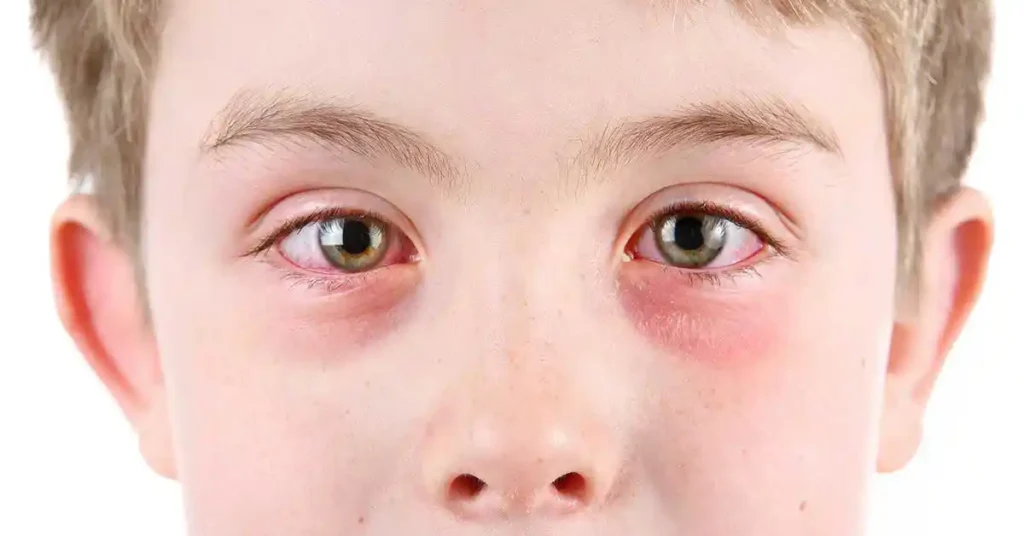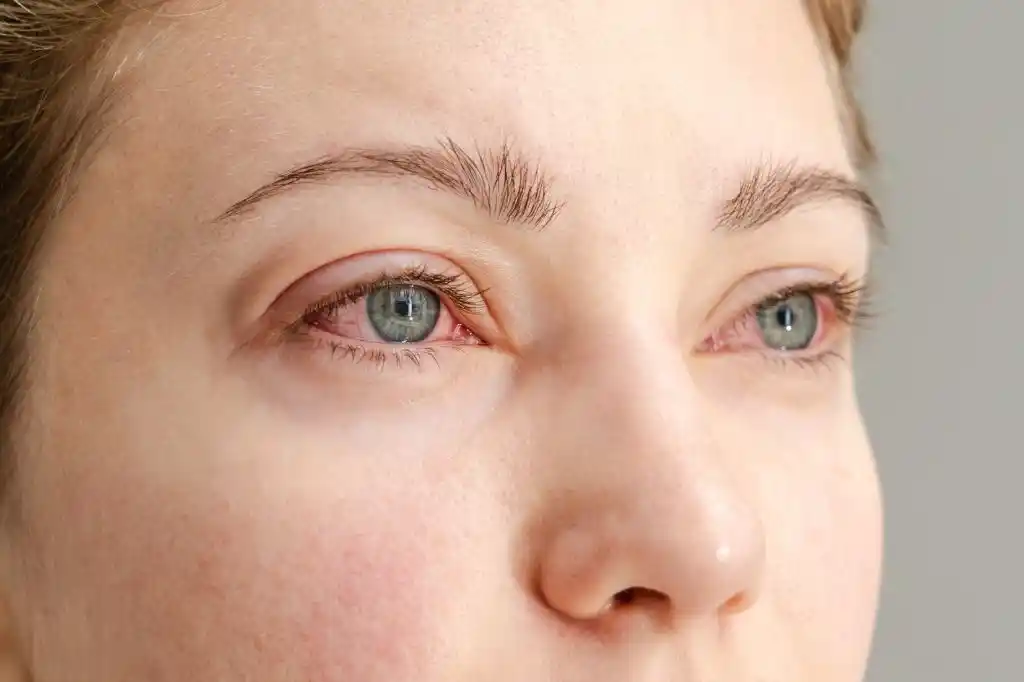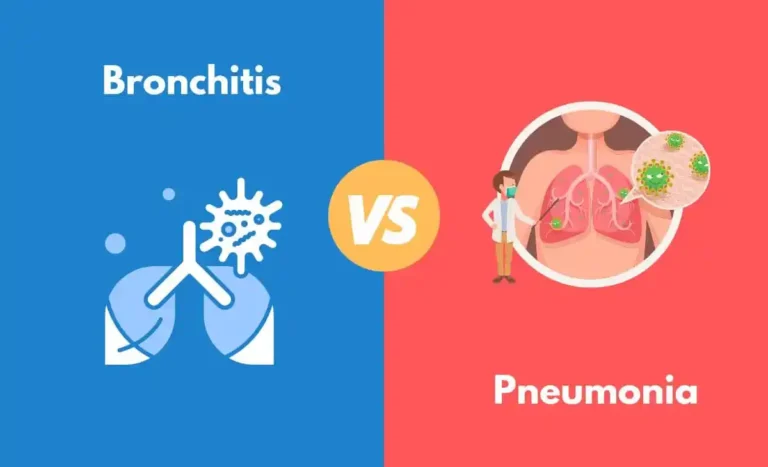Eye irritation can be quite uncomfortable, even if you’re unsure whether it’s pink eye or allergies. Both can cause redness, itching, swelling, and watery eyes, but their causes are different. Pink eye is typically caused by bacteria or viruses and can be contagious. Allergies happen when your eyes become sensitive to substances like pollen or dust.
Knowing the difference between pink eye vs allergies will help you get the right treatment and protect others. This guide covers the causes, symptoms, treatment options, and when to see urgent care.
Understanding Pink Eye
Pink eye, also known as conjunctivitis, is a disease that develops when the protective film on the surface of the white of your eye turns red. It may be due to viruses, bacteria, or even allergies, but the most contagious type is the viral pink eye.
Common symptoms of pink eye are:
- One or both eyes are red
- Burning or itching
- Thick, yellowish, or green discharge
- Crust on eyelashes on waking
- Increased tearing
Understanding Eye Allergies
Allergic conjunctivitis (eye allergies) occurs when your eyes get sensitive to some substances (allergens). Some of the common allergens are pollen, dust, mold, pet dander, and even smoke or strong odors. Your immune system responds when exposed to these allergens in your eye, resulting in inflammation and pain. Eye allergies are not contagious like bacterial or viral pink eye, so you can not transmit them to another person.
Common symptoms of eye allergies are:
- Redness and itching of one or both eyes
- Excessive discharge, thin and clear as opposed to sticky mucus
- Puffy or swollen eyelids
- Symptoms normally occur simultaneously in both eyes
- It is usually triggered in particular seasons or by environmental forces

Allergies vs Pink Eye: Key Differences
In the comparison of eye allergies vs pink eye, the significant difference is the cause. Allergies happen when your eyes respond to allergens such as pollen, dust, or pet dander. Pink eye, however, is most often caused by infection (either caused by viruses or bacteria) or by irritants like smoke or chemicals. Allergies are not contagious, but some of the varieties of pink eye spread easily from one person to the other.
| Symptom | Allergies | Pink Eye |
|---|---|---|
| Itching | Severe | Mild to moderate |
| Discharge | Clear and watery | Thick and yellow/green |
| Contagious | No | Yes (viral/bacterial) |
| Duration | As long as the allergen is present | 7–14 days |
Allergy Eyes vs Pink Eye: When Symptoms Overlap
Sometimes, allergy eyes vs pink eye can be difficult to tell apart because their symptoms often look very similar. Both diseases may lead to redness, watery eyelids, swelling of the eyelids, and irritation of the eyes in general. This overlap may make it difficult to tell which of the two you have without a closer examination.
The Pink Eye vs Allergies can be identified by observing the discharge. Allergies tend to produce watery, clear tears, whereas pink eye, especially the bacterial kind, produces thick, yellow or green mucus. The other indication is the presence of other allergy symptoms such as sneezing, nasal congestion, or an itchy throat, which do not occur with pink eye.
Also, take into consideration whether one or both eyes are affected. Allergies typically attack both eyes simultaneously, whereas pink eye can begin in one eye and then transfer to the other. Being aware of these minute differences can help you receive the diagnosis and treatment quickly.

Pink Eye vs Allergy Eye: Which Is More Serious?
In most cases, pink eye vs allergy eye is not life-threatening, but it depends on the cause. Bacterial or viral pink eye is a condition that needs more attention because it is highly contagious and, if untreated, can lead to complications. Early treatment helps manage the infection and reduces symptoms more quickly.
However, eye allergies are usually milder and not contagious. They are generally treated by avoiding allergens, keeping a clean environment, and using antihistamine eye drops or other medications to address the allergy. Severe or ongoing symptoms, however, require an eye care professional to rule out other eye conditions.
Eye Allergies vs Pink Eye: Treatment Options
Pink eye vs allergies: the cures for them are different, as their causes are not similar.
- Allergy of the eye: This may be treated with over-the-counter eye drops in the form of antihistamines (anti-inflammatories) and lubricating eye drops, as well as a cold compress on the eye to relieve the pain and swelling.
- Pink Eye: Pink bacterial eye infections can be treated using either antibiotic eye drops or ointment, whereas some types of viral pink eye can be treated using antiviral medication. In all cases, good hygiene—like washing hands frequently and avoiding touching your eyes—is important to prevent spreading the infection.
Do not know what condition you have? Visit Eye Urgent Care and get a qualified diagnosis and the appropriate treatment plan.

Are Allergies Contagious?
No, allergies are not contagious. In case your eyes are dry, itchy, watery, and red due to allergies, you cannot infect someone. Allergies occur when your immune system responds to non-toxic substances, such as pollen, dust, or pet dander, and this process is specific to your organism.
Pink Eye Vs Allergies often confuses many people because both conditions cause redness, irritation, and watery eyes. Bacterial or viral pink eye, on the other hand, is very contagious and may be transmitted rapidly via direct contact with an infected individual, sharing personal items, or touching contaminated surfaces. This is why it is important to understand whether your symptoms are caused by allergies or pink eye in order to protect others.
Pink Eye or Allergies: When to Visit Urgent Care
Knowing the symptoms of Pink Eye Vs Allergies helps determine whether to seek medical treatment or manage with allergy relief. You should be aware of the times when you need to address your symptoms professionally. You need to seek urgent care in case you observe:
- The thick, colored discharge that fails to improve within 24-48 hours
- Extreme pain, swelling, or sudden blurriness of the vision
- Fever with red eyes or puffiness
- Rapid worsening of symptoms despite home care
Delaying treatment can make some cases worse or increase the risk of spreading an infection. NovaMed Urgent Care offers discreet, expert, and quick treatment of both pink eye and allergies.

Is Pink Eye Contagious by Air?
Understanding Pink Eye Vs Allergies is important since pink eye (conjunctivitis) is contagious, while allergies are not. Viral pink eye tends to be transmitted with direct contact, which could be through touching your eyes after you touch an affected individual or surface. Nonetheless, it might also be transmitted by minute droplets that are expelled into the air during a cough or a sneeze of an infected individual, particularly when the virus is also present in the respiratory system.
So, is pink eye contagious by air? Yes, but the airborne transmission is rare. To be safe, do not make or touch a person closely, observe proper hand hygiene, and cover the mouth and the nose during a cough or a sneeze.
Conclusion
Distinguishing pink eye vs allergies can be difficult because the symptoms often overlap, but knowing the differences in their causes and signs helps you choose the right treatment. While allergies are not contagious and can be managed by avoiding triggers, pink eye caused by bacteria or viruses can spread quickly without proper care.
Visiting urgent care ensures you get an accurate diagnosis, fast relief, and treatment that prevents complications. NovaMed Urgent Care offers expert, discreet care for both conditions—helping you protect your eyes and your overall health.






